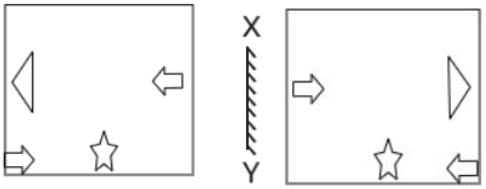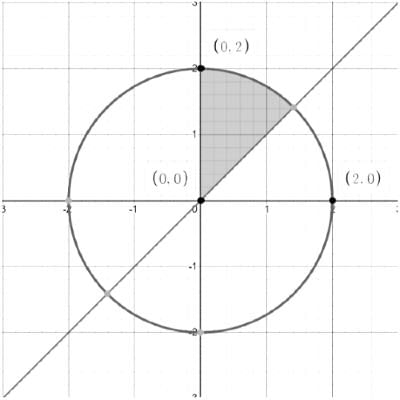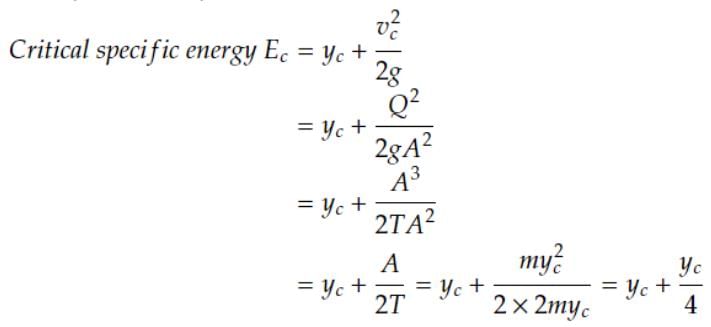GATE Environmental Science Mock Test - 4 - GATE Environmental Science MCQ
30 Questions MCQ Test - GATE Environmental Science Mock Test - 4
What is the sum of the following infinite series?


If 6 men can accomplish half of a task in 12 days by working for 8 hours each day, how many men will be required to complete the entire task in 8 days while working 9 hours a day?
Which of the following options depicts the reflection of the figure shown below when the mirror is placed on the left side?
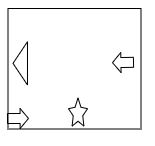
Which of the following options correctly represents the given graph?
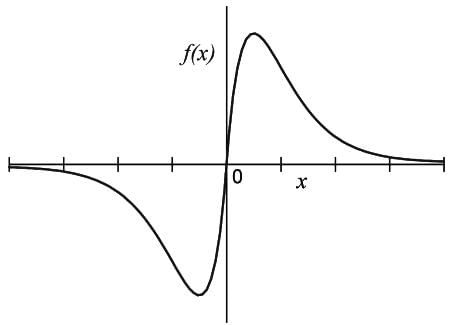
Consider two identical right circular cones arranged such that one is inverted and placed atop the other, both sharing a common circular base. If a cutting plane intersects the apexes of the stacked cones, what form will the outer edge of the resultant cross-section take?
Which of the following accurately depicts the order of atomic size?
The following table presents the techniques utilized for the removal of particles in a rapid sand filter, along with their corresponding descriptions.

Determine the correct association.
In a specific area, the temperature of the environment increases by 6°C for every kilometer in altitude. What is the state of atmospheric stability at this location?
What feature of Municipal Solid Waste (MSW) plays a crucial role in determining its Fixed carbon content?
Which ISO standard is associated with Life Cycle Assessment (LCA)?
During a Most Probable Number (MPN) analysis, after the initial phase (Presumptive test) is completed, the outcome indicates a positive result, suggesting that the water sample is not safe for use. To confirm this finding, the sample is forwarded to the subsequent phase (Confirmatory test) instead of moving straight to the final phase (Completed test). In the second phase of this testing process, the medium employed for the confirmatory test is
The relationship between 'Applied chlorine' and 'Residual chlorine' is depicted in the diagram above.
Which of the points A, B, C, D, and E represents the chlorination "Breakpoint"?
In an open rectangular channel, when the flow reaches a critical condition and the depth of the flow is measured at 2 meters, which of the following statements is accurate?
Which kind of apparatus can be employed to control particulate matter pollution within an industrial setting?
Determine the area (rounded to two decimal places) of the space bounded by the circle,
x2 y2 = 4, the line y = x, and the vertical axis.
The boundary between soap bubbles and air exhibits a surface tension of 0.054 N/m. Determine the internal pressure (in N/m2, rounded to two decimal places) within a soap bubble that has a diameter of 6 cm.
Given the two regression lines defined by the equations 3x - 2y 1 = 0 and 2x - y - 2 = 0, find the means of the x and y variables, respectively.
Consider the kinetics of a second-order reaction (rc = −kC2) under conditions of steady-state. What is the required ratio of the volume of a completely mixed reactor (CMR) to that of a plug flow reactor (PFR) to achieve a reduction of 90% in concentration?
The inlet concentrations for both reactors are kept the same.
Consider two horizontal layers of an aquifer as shown in the diagram. Each layer is both isotropic and homogeneous. The flow occurs parallel to the layers. The thickness and horizontal hydraulic conductivity of the first layer are represented as h1 and K1, respectively. For the second layer, the thickness and horizontal hydraulic conductivity are indicated by h2 and K2, respectively, under the condition that h1 does not equal h2.
The equivalent horizontal conductivity Kx for the aquifer system is denoted by _______.
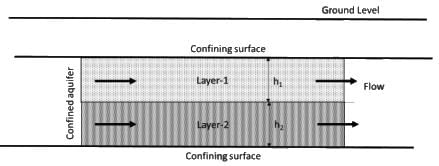
A gravity settling chamber with a height of ‘H’ and a length of ‘L’ is designed to address particulate air pollution. Within this chamber, the horizontal airflow velocity is ‘Vh’ and the terminal settling velocity of the given particle is ‘Vt’. Which of the following equations correctly illustrates the principle used to ascertain the minimum size of the target particle that can be removed with 100% efficiency?
The existence of calcium (Ca2 ) and magnesium (Mg2 ) ions contributes to the hardness of water. At standard water temperatures, which forms of calcium and magnesium exhibit the least solubility?
The equations of the regression lines are expressed as
3x - 2y - 10 = 0, 3y - 4x 24 = 0
What is the value of the correlation coefficient, rounded to two decimal places?
Considering the watershed and the isohyets depicted in the diagram, what is the average precipitation within the watershed represented in _______ mm (an integer value)?
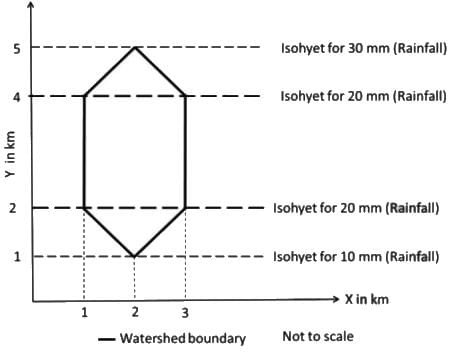
In a room, there are two sources of noise located adjacent to each other, with sound pressure levels recorded at 30 dB and 40 dB, respectively. What is the cumulative sound pressure level in the room, expressed in __________ dB (rounded to two decimal places)?
Use a reference sound pressure of 20 µPa.
The weight density (kN/m3) of the fluid varies with depth as described by the equation:
γ = 15e−0.2h 60h 5
What is the gauge pressure (in kPa) at a depth of 5 m? Please round your answer to two decimal places.
In a triangular cross-section with steady flow, the depth of the flow at a certain point is 2m. The side slope of the triangular shape is 1 vertical to 2.5 horizontal. The measured flow velocity is 35m/s. Calculate the critical specific energy of the flow (in meters, rounded to two decimal places).
Two theoretical organic waste streams, referred to as A and B, are mixed prior to the composting process. Waste-A has a composition of 2.16% C and 1.20% N, whereas Waste-B comprises 19.10% C and 0.14% N. In order to achieve the desired C:N ratio of 25, determine the quantity of Waste-B that should be combined with each kg of Waste-A, expressed in __________ kg (rounded to two decimal places).
Assume that both waste streams are completely dry.
Two friends, Jaydip and Dhruvi, alternate rolling a standard die. The game is won by the first player to roll a six. Since Dhruvi rolls first, what is the likelihood (expressed as a percentage, rounded to two decimal places) that Jaydip will win the game?
A container originally contained 400 g of ethanol. A student used half of this ethanol to prepare a stock solution in an environmental chemistry laboratory just before embarking on a 90-day summer vacation. After completing this task, the student left the bottle uncapped. If the open bottle loses ethanol at a rate of 0.5 g each day, what amount of ethanol will be left in the bottle at the end of the summer vacation, expressed in grams (as an integer)?
Given the second-order ordinary differential equation  with initial conditions y = 2 and dy/dx = 1 at x = 0, what is the value of y when x = 1, rounded to three decimal places?
with initial conditions y = 2 and dy/dx = 1 at x = 0, what is the value of y when x = 1, rounded to three decimal places?




